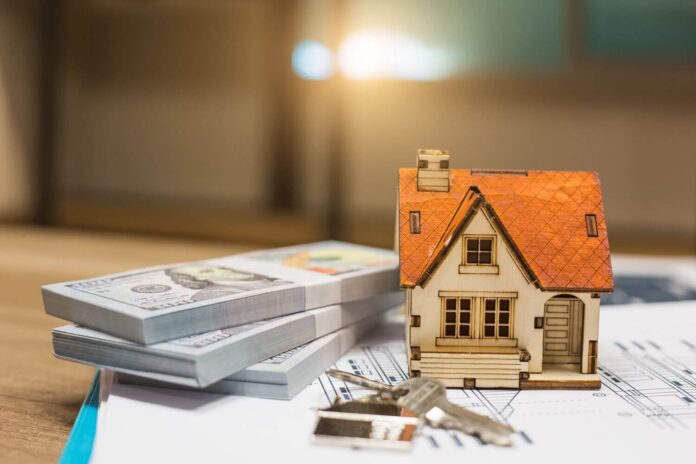Deciding whether to renovate or restore a property can be a daunting task. Whether you’re dealing with a historic home filled with character or a more modern building that needs a facelift, the decision impacts not just the aesthetics but also the property’s value and your emotional attachment to it.
Let’s explore the differences between renovating and restoring, the factors to consider, and how to make the best decision for your situation.
What’s the Difference?
The terms “renovation” and “restoration” are often used interchangeably, but they have distinct meanings.
Renovation ─ A Fresh Look
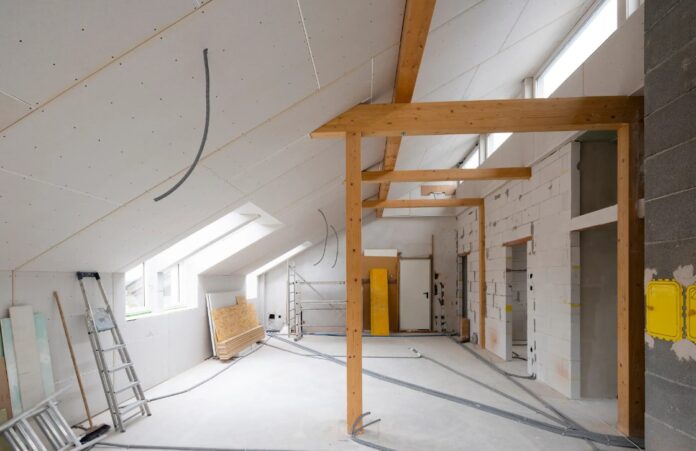
Renovate Your Property involves updating and modernizing a property. It may include changes to the layout, adding new features, or using modern materials and techniques. The goal is to improve the functionality and aesthetics, often making the property more energy-efficient or technologically advanced.
Advantages of Renovation
- Customization ─ Renovation allows you to tailor the space to your needs and preferences. You can create open-concept layouts, install modern appliances, and choose new finishes.
- Increased efficiency ─ Updating insulation, windows, and HVAC systems can significantly improve energy efficiency, leading to lower utility bills.
- Enhanced safety ─ Bringing older properties up to current building codes can address safety concerns like outdated wiring, plumbing, and structural issues.
- Potential for higher resale value ─ Modernized homes often appeal to a broader range of buyers, potentially increasing the property’s resale value.
Challenges
- Cost ─ Renovations can be costly, especially if unexpected issues arise during construction.
- Permits and regulations ─ Depending on the extent of the renovation, you may need to obtain permits and comply with local building codes, which can add time and expense to the project.
- Loss of original charm ─ Extensive renovations can strip away the property’s original character, which may be a drawback for those who appreciate historic details.
Restoration ─ Embracing the Past
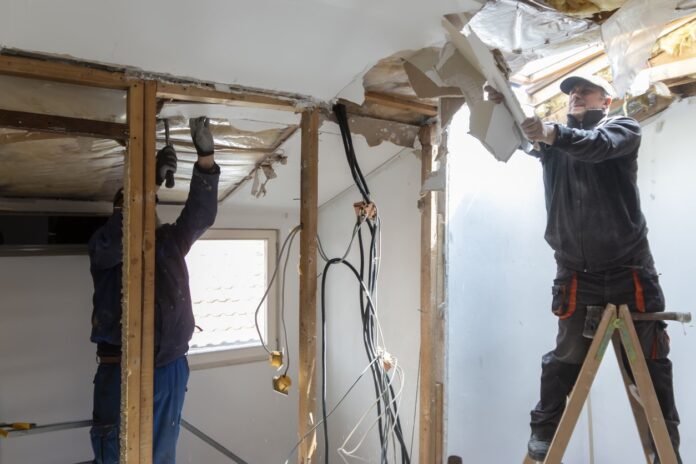
Restoration, on the other hand, focuses on returning a property to its original state. This process involves repairing and preserving the original features and materials. It’s about maintaining the historical or architectural significance of the building.
Advantages
- Preservation of history ─ Restoring a property maintains its historical and architectural significance, preserving a piece of history for future generations.
- Unique aesthetic ─ Restored properties often have unique details and craftsmanship that can’t be replicated in modern construction.
- Potential tax incentives ─ In some areas, restoring a historic property may qualify you for tax credits or grants.
- Emotional satisfaction ─ For many, restoring property is a labor of love, providing a deep sense of accomplishment and connection to the past.
Challenges
- High costs ─ Restoration can be expensive, especially if you need to source original materials or hire specialized craftsmen.
- Limited modernization ─ Restored properties may not always meet modern standards of convenience or efficiency, which could be a drawback for some buyers.
- Strict regulations ─ Historic properties often come with strict preservation guidelines, limiting what changes you can make.
Factors to Consider
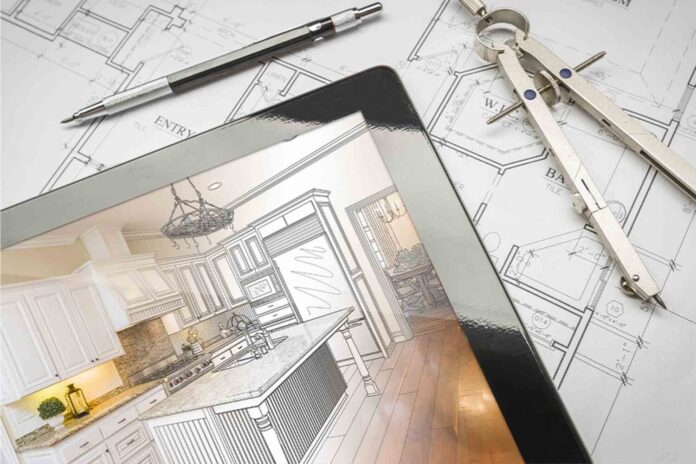
Deciding between renovation and restoration isn’t a one-size-fits-all answer. Several factors play into this decision, from the property’s age to your budget and personal preferences.
1. Historical Significance
Is your property a piece of history? If so, restoring it might preserve its unique charm and character. Restored properties often have a special appeal and can even be more valuable. However, restoration can be more expensive and time-consuming due to the need for specialized materials and craftsmen.
2. Current Condition
Assess the property’s current state. Is it in good shape, or does it need major structural repairs? Sometimes, renovation is more practical if the building requires significant updates to meet modern standards, such as electrical wiring or plumbing. Restoration might not be feasible if the original materials are too damaged.
3. Budget Considerations
Budget is a significant factor in deciding whether to renovate or restore. Renovations can range from simple cosmetic updates to major overhauls, while restoration often involves careful and costly work. However, restoring a historic property might qualify you for tax incentives or grants, which can offset some costs.
4. Personal Vision and Needs
What do you want from your property? If you envision a sleek, modern space with all the latest conveniences, renovation might be the way to go. However, if you value authenticity and want to live in a piece of history, restoration could be more fulfilling.
5. Resale Value and Market Trends
Consider the potential resale value. In some markets, restored historic properties are highly sought after and can command premium prices. In others, modernized homes are more desirable. Research local real estate trends and consult with a real estate agent to understand what buyers in your area are looking for.
Combining the Best of Both Worlds
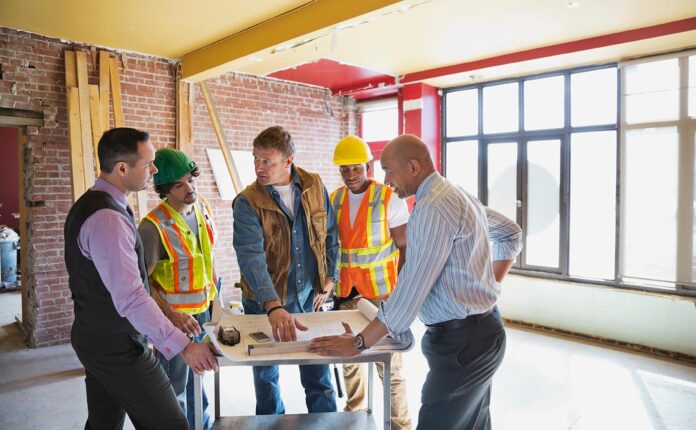
In some cases, a blend of renovation and restoration might be the best approach. This method allows you to preserve the property’s historical elements while incorporating modern amenities and features.
Making the Decision ─ Renovate, Restore, or Both?
Now that you have a clearer understanding of the differences between renovation and restoration, it’s time to make a decision. Here’s a step-by-step approach to help you decide:
1. Evaluate the Property’s Condition
Conduct a thorough assessment of the property’s condition, noting areas that need attention. Determine whether the building’s original materials and features are intact and worth preserving.
2. Set a Budget
Establish a budget that includes a contingency for unexpected expenses. Determine whether your budget allows for restoration, renovation, or a combination of both.
3. Consider Your Lifestyle
Think about how you intend to use the property. Do you need modern conveniences, or are you willing to embrace a more traditional lifestyle?
4. Research Local Regulations

Check local regulations and preservation guidelines that may affect your project. Some areas have strict rules about altering historic properties.
5. Consult Professionals
Consult with architects, contractors, and real estate professionals to get expert opinions and cost estimates. They can provide valuable insights and help you make an informed decision.
6. Assess the Potential ROI
Consider the potential return on investment. Will your chosen approach increase the property’s value and appeal to future buyers?
Finally – Your Property, Your Choice
Deciding whether to renovate or restore your property is a personal choice that depends on various factors, including the property’s history, your budget, and your vision for the space. Whether you choose to preserve the past or embrace the future, the key is to create a home that reflects your style and meets your needs.

